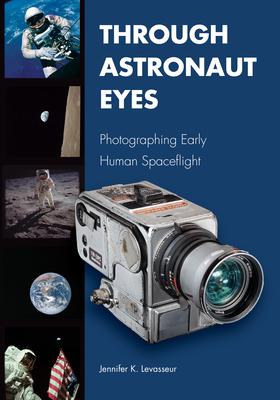Featuring over seventy images from the heroic age of space exploration, Through Astronaut Eyes presents the story of how human daring along with technological ingenuity allowed people to see the Earth and stars as they never had before.
Photographs from the Mercury, Gemini, and Apollo programs tell powerful and compelling stories that continue to have cultural resonance to this day, not just for what they revealed about the spaceflight experience, but also as products of a larger visual rhetoric of exploration. The photographs tell us as much about space and the astronauts who took them as their reception within an American culture undergoing radical change throughout the turbulent 1960s.
This book explores the origins and impact of astronaut still photography from 1962 to 1972, the period when human spaceflight first captured the imagination of people around the world. Photographs taken during those three historic programs are much admired and reprinted, but rarely seriously studied. This book suggests astronaut photography is particularly relevant to American culture based on how easily the images were shared through reproduction and circulation in a very visually oriented society. Space photography's impact at the crossroads of cultural studies, the history of exploration and technology, and public memory illuminates its continuing importance to American identity.
